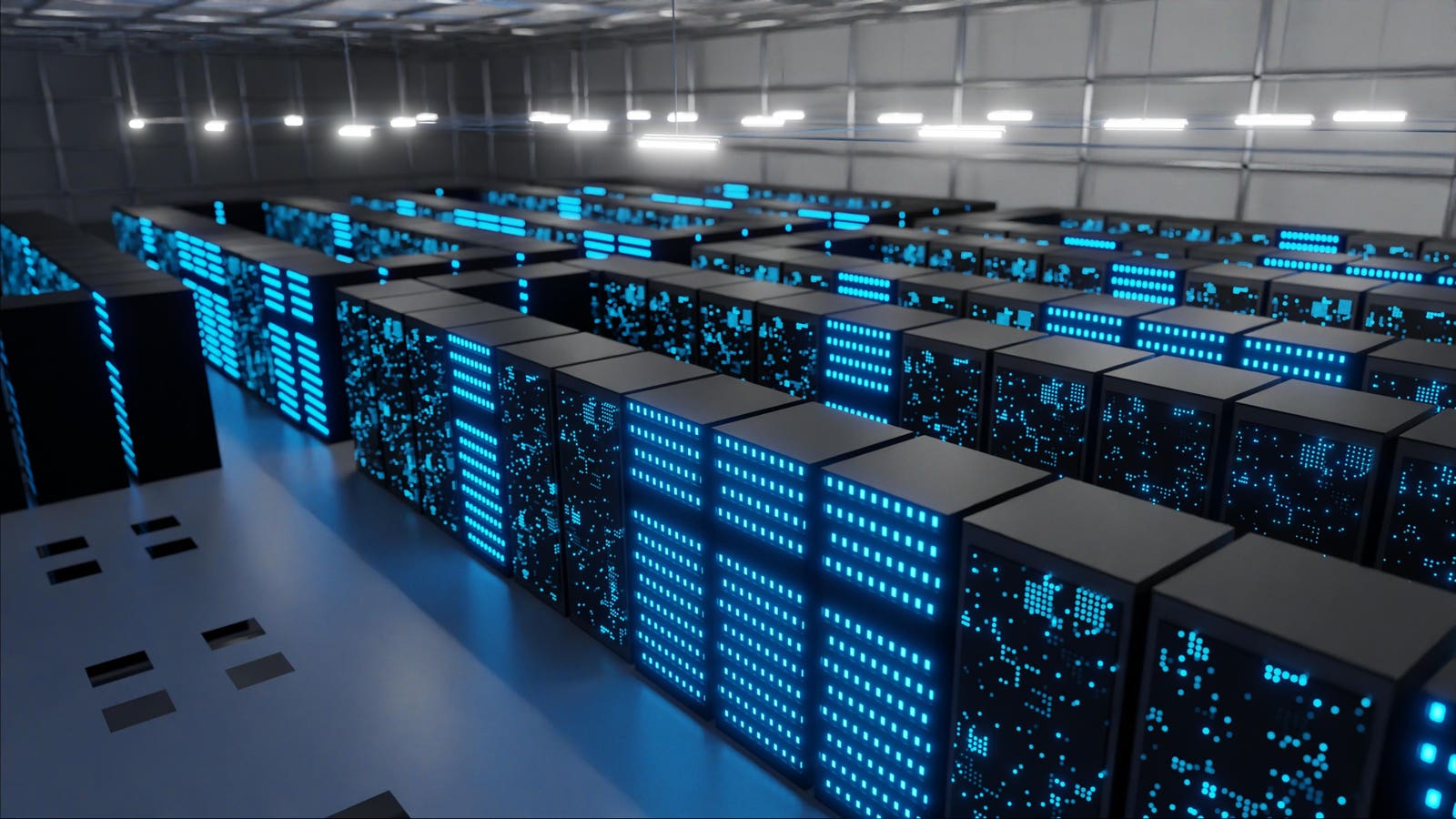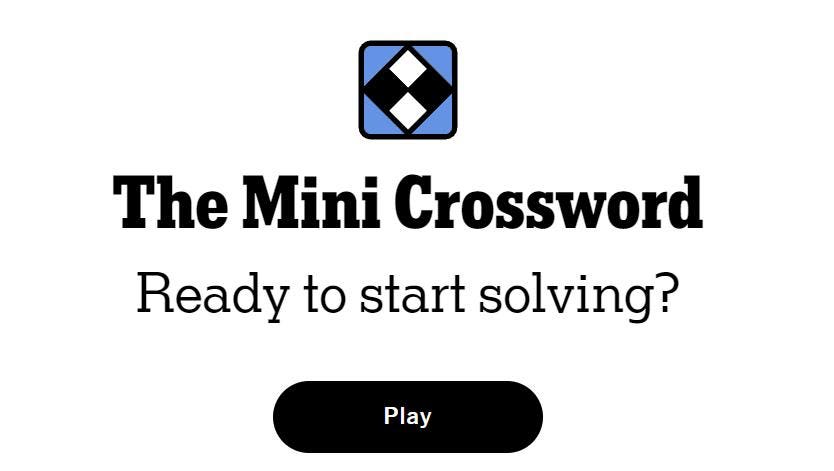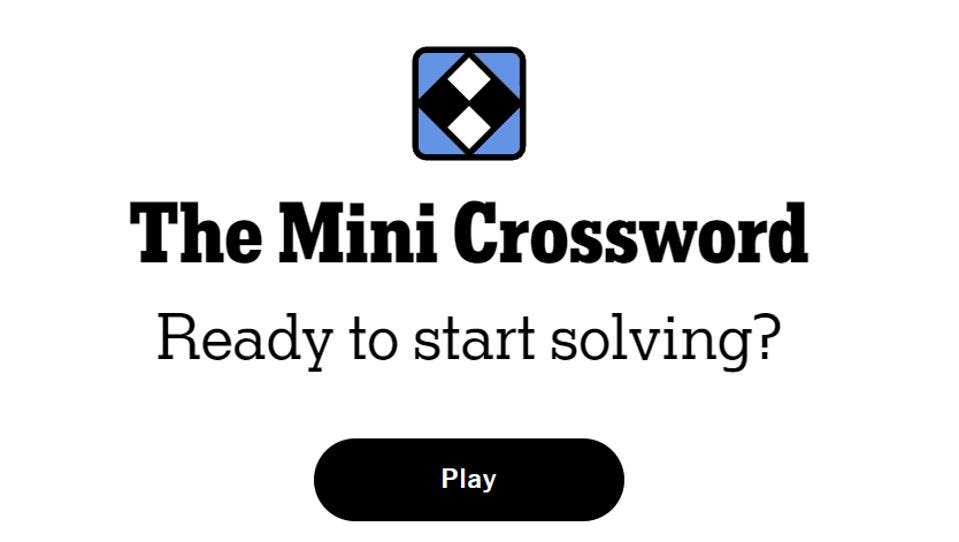Data Center
In this article we will look at some resent announcerments on digital storage and its use in AI training and inference. But first, an example of digital storage technology used to save humanity.
Data Storage Saves the Day
Digital archiving startup SPhotonix’s 5D memory crystal was an important element in the plot of the latest Mission Impossible movie. The 360TB memory crystal was used to stop a rogue AI from destroying the world. In practice, SPhotonix stores data using a FemtoEtch nano-etching technology on a 5-inch glass substrate. Note that I am an advisor for SPhotonix.
SPhotonix 5D Memory Cystal
Digital storage technologies have been used in many movies and TV shows over the years, such as the StorageTek Tape library used in the 1994 Film “Clear and Present Danger.”
Hybrid AI Data Centers
In practice data centers are generally using SSDs as primary storage in data centers, including for AI training applications. SSDs provide fast storage for refreshing data on the high bandwidth memory located close to the GPUs that directly support data processing. However, the cost for storing data on SSDs in data centers is about 6X higher than storing it on HDDs.
This leads data centers to use HDDs for storing colder but useful data in a hierarchical storage environment. Data is moved back and forth from various storage technologies to optimize the balance of cost versus performance. Ultimately archived information in data centers that is not frequently used is kept on magnetic tape cartridges or optical storage.
Vdura, formerly veteran storage company, Panasas, recently announced a white paper on digital storage for AI workloads and announced changes in their hybrid SSD and HDD storage offering to support HPC and AI workloads. The company is now offering QLC NAND flash SSDs combined with high-capacity HDDs with their global namespace parallel file system combined with object storage, offering multi-level erasure coding and fast key value storage. The image below shows the layout of this hybrid SSD and HDD storage system.
Vdura Global Namespace Storage
The Vdura Data Platform V11.2 includes a preview of V-ScaleFlow that enables data movement across QLC flash and high-capacity hard drives. This allows resource utilization, maximizes system throughput and provides efficient AI-scale workloads. In particular the company is using Phison Pascari 128TB QLC NVMe SSD with 30+TB HDDs to reduce flash capacity requirements by over 50% and lowing power consumption. Overall total cost of ownership is said to be reduced by up to 60%.
The Vdura white paper goes into details on data storage and memory utilization in an AI application. The figure below shows an AI data pipeline which should have the storage system enable minimum GPU downtime.
AI Data Pipeline
The table below goes into detail on read, write, performance and data size requirements for various elements in an AI workload. These various elements can require from GBs to PBs of digital storage with various performance requirements. This favors a combination of storage technologies to support different elements in this workload.
Element Characteristics in an AI Workflow
The below image shows a sample storage node that can provide all-flash or hybrid SSD and HDD storage to support AI and HPC workloads with a global namespace and a common control and data plane.
Vdura Storage Node
Digital storage technology saved the world from a rogue AI in the latest Mission Impossible Movie. Combining SSDs and HDDs can enable modern AI workloads that optimize cost and performance.








